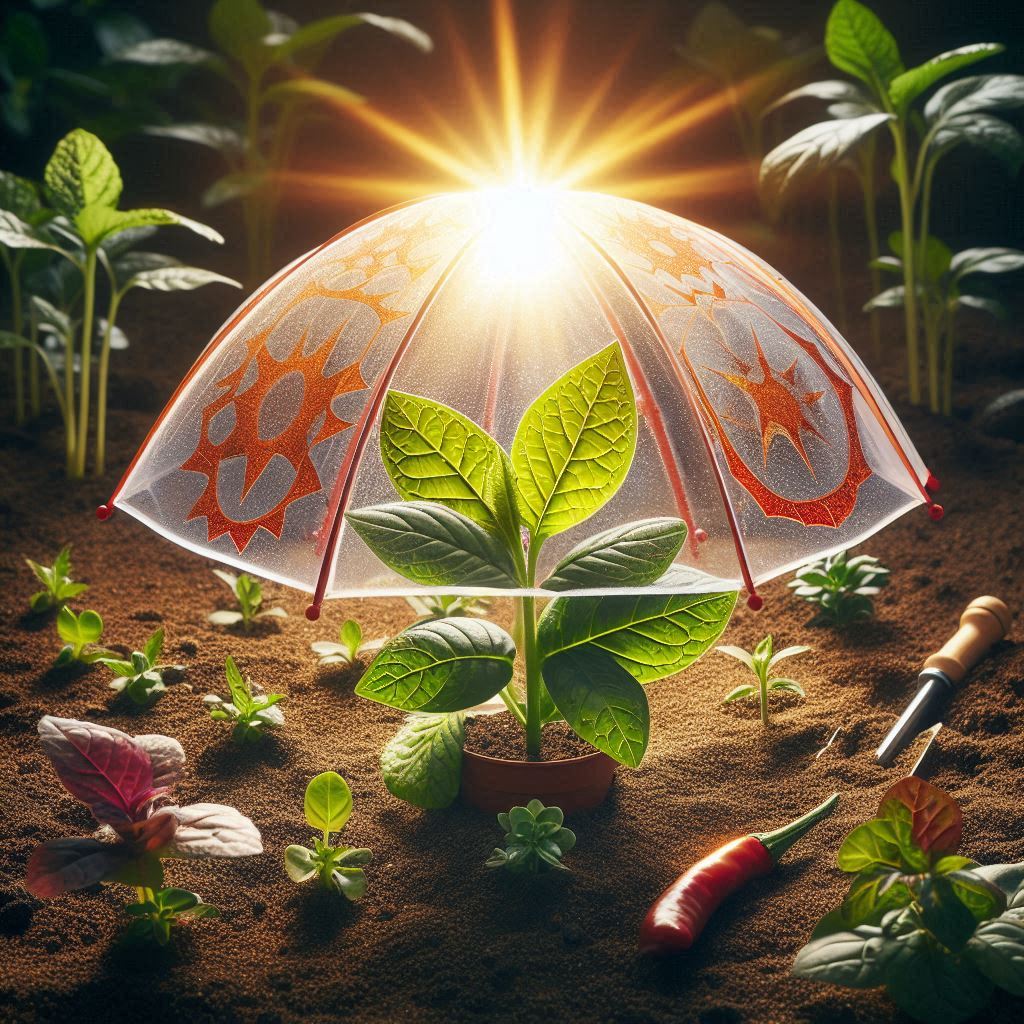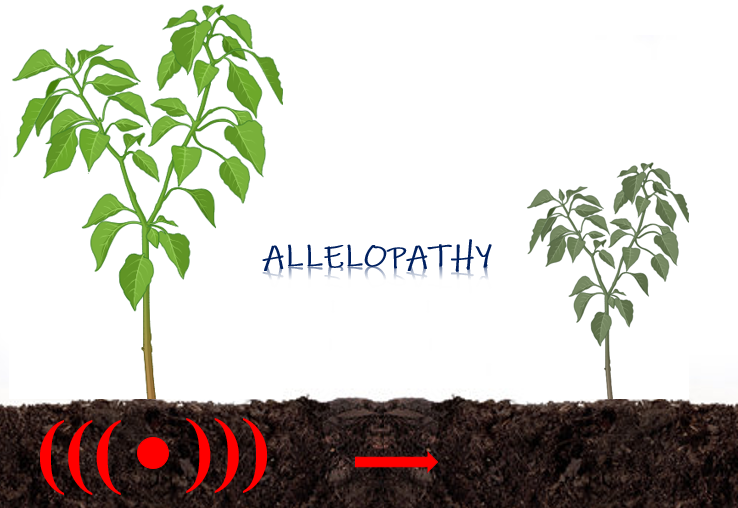16 min read
0
The Use of UV-Protective Compounds in Enhancing Crop Resilience
Introduction Ultraviolet (UV) radiation is a significant environmental factor influencing plant growth, development, and overall productivity. While plants have evolved natural defense mechanisms to cope with UV exposure, excessive radiation, particularly from UVB and UVC wavelengths, can lead to detrimental…








